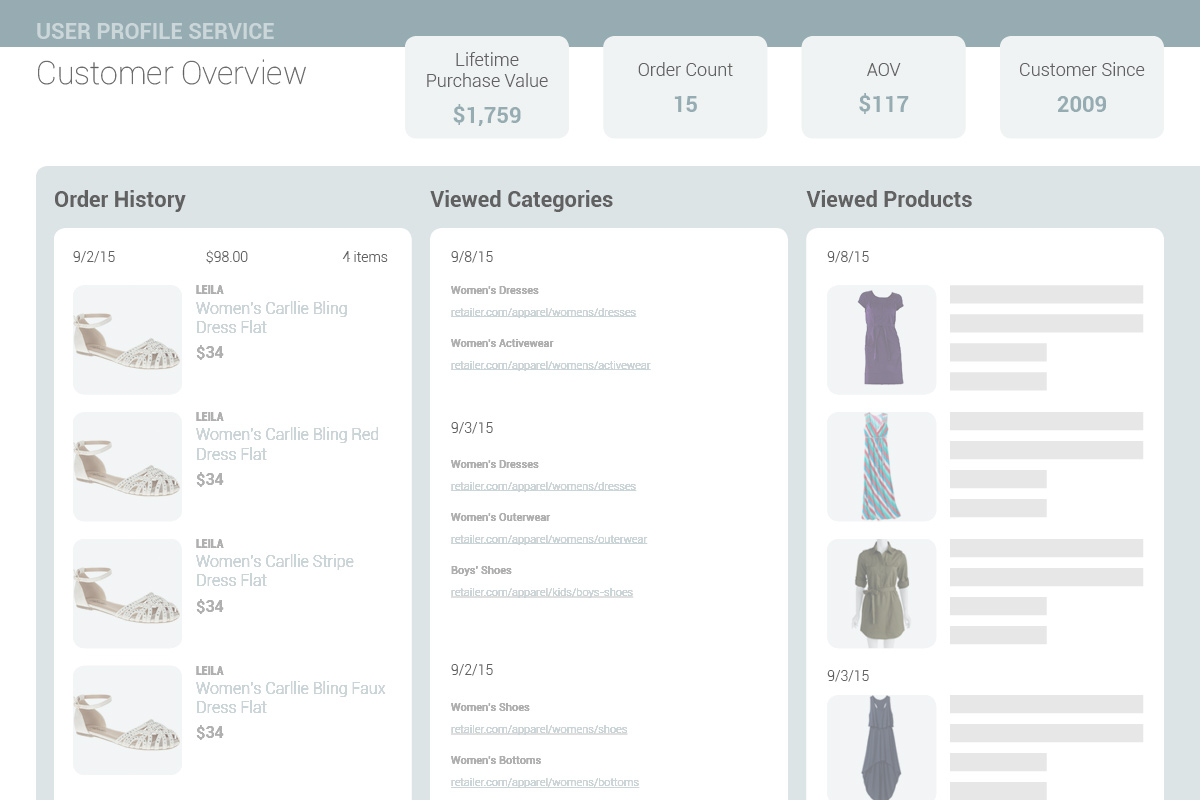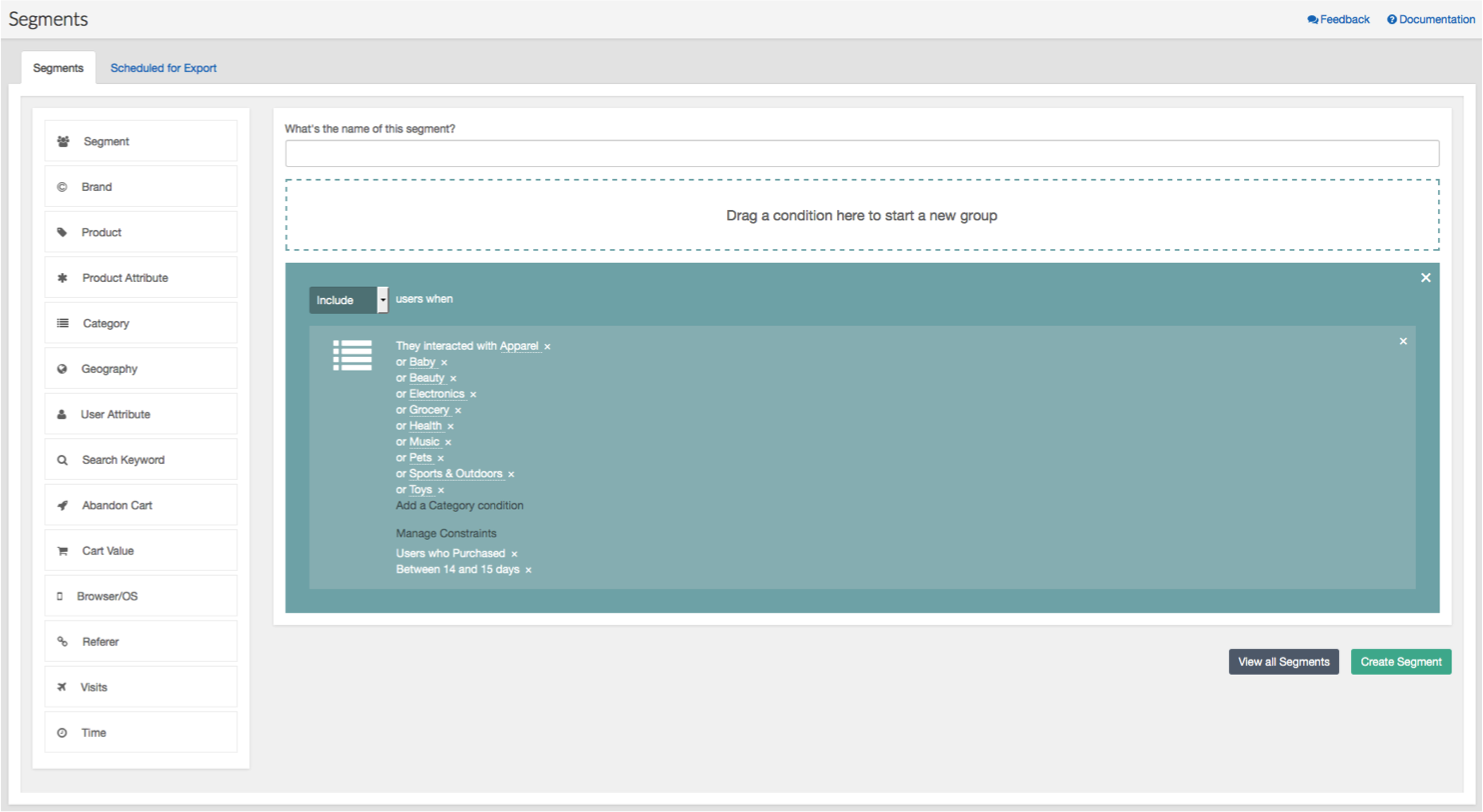Give Your B2B Customers the Personalization They Deserve
In a global B2B survey conducted by Avanade, 56% of purchasing decision-makers within companies report that they will (and do) pay more for products/services if the customer experience is better than with less expensive retailers. On average, they will pay 30% more for superior customer experience. As B2B companies transition from traditional channels to the fast-paced ecommerce environment, the principle remains: Ensure your customer is always at the center of everything you do and the rest will follow. While obvious and logical, for many, the challenge comes with where to start. These four simple steps will launch you on a personalization initiative that not only makes your customers happy, but keeps them happy, too.
#1 Re-think your customer persona
The line between B2B and B2C has blurred. B2B shoppers now consume in the same way they do outside of the work place, and are far from reliant on inside sales personnel. Today’s B2B shopper relies just as much on social, crowd-sourced and peer-reviewed resources to support and validate her work purchase decisions–as much as she does for personal shopping. Take guidance from market leaders like Office Depot and MonotaRO, who have integrated user-friendly features and functionality that enable shoppers to seamlessly navigate their site. A quick browse through their catalogs highlights features such as product reviews, inventory availability, and product recommendations which ensure that customers make educated buying decisions through a sophisticated personalized interface.
#2 Hone in on your customers’ real-time behaviors
Take your general understanding of how customers interact with your site to the next level with personalization that offers a real-time view into exactly how and why your customers shop the way they do. Collect and retain insights about brand, product, and category preferences with user-centric personalization features that engage customers as they shop. RichRelevance offers features like the Customer Preference Center and the the User Profile Service to synthesize online clickstream behavior and purchases with explicitly input preferences, so that regardless of channel and frequency of purchases your customer is always recognized. With knowledge like this, it’s easy to greet customers each and every time with products, promotions and categories that are relevant to their unique needs.

The User Profile Service synthesizes online clickstream behavior and purchases with explicitly input preferences—to recognize your customer regardless of channel.
#3 Communicate to the individual, not the masses…
A sophisticated retailer doesn’t cater to the masses, but rather understands the nuanced needs of individual customers. At its core, personalization must respect the shopper, and deliver the most relevant experience possible. A good personalization platform doesn’t merely offer comprehensive product recommendation technology, it also takes learned knowledge of your customers to offer relevant content and promotional messages across mobile and desktop sites, as well as within email communications. With an understanding of what messages resonate with different customer segments, HD Supply delivered curated messages to customer segments via email using RichRelevance’s Engage solution, and saw a subsequent 116% increase in conversion. Read more about their success story here.

Deliver curated messages that resonate with customer segments using RichRelevance Engage™
#4 But curate at the account level
In contrast to a traditional B2C retailer, successful B2B personalization must consider account level pricing and product assortments. It must offer region-based strategies and user tools that personalize a site based on unique business needs. RichRelevance enables customers to offer different pricing and product assortments at the account level so that B2B retailers can maintain the right assortments at the right price points. This ensures that customers not only see the appropriate products, but that the personalization is further tailored to them.
B2B retailers should consider these four fundamental opportunities across key pieces of real estate: your website, email communications, and/or contact center. Even in its simplest form, product recommendations aimed at ensuring your customers or contact center agents have a full view into your product assortment can guide buying decisions; targeted promotional and marketing communications to customer segments after a certain navigation path has been demonstrated can also be impactful.
Personalizing the path to purchase ensures that you meet and exceed customer expectations, before your competitor has the chance to do so.
Contact us today to get started!



